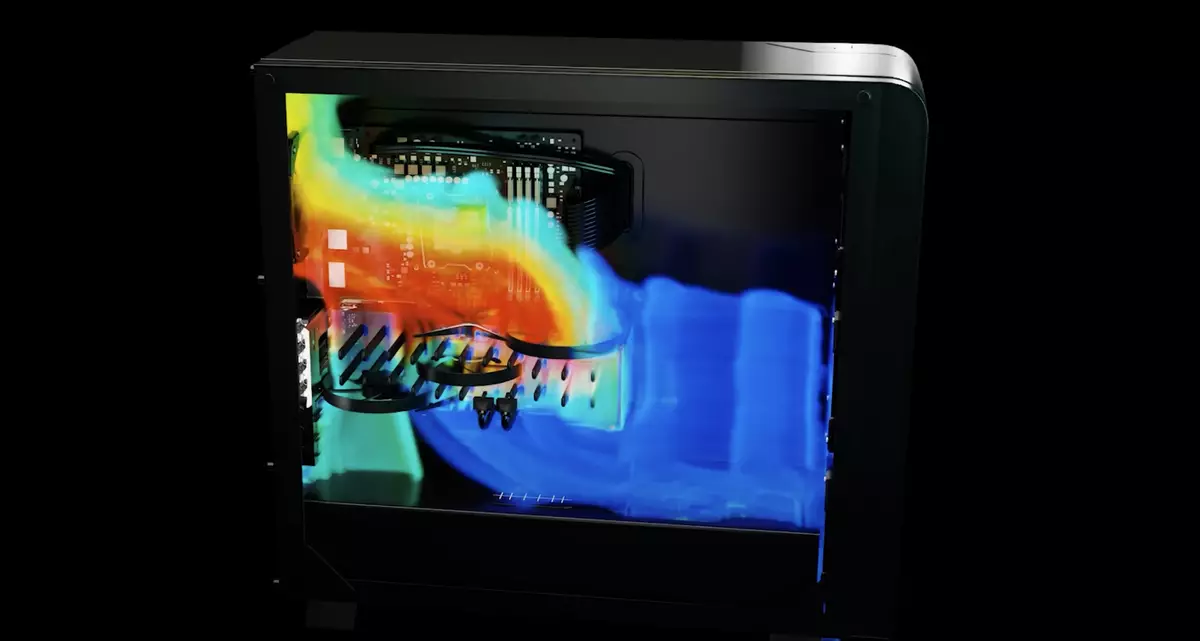The world of graphics cards is ever-evolving, with each generation promising unprecedented performance and sophistication. The Nvidia GeForce RTX 5090 is no exception. With groundbreaking innovations in form factor and efficiency, the RTX 5090 has set a new standard for graphics technology. This article delves into the design evolution of the RTX 5090, exploring the challenges, innovations, and implications of this remarkable GPU.
One of the most notable features of the RTX 5090 is its remarkably compact two-slot design. Nvidia’s design team faced a monumental task: to significantly condense the graphics card’s footprint while simultaneously enhancing its performance. They began with an ambitious vision inspired by a four-slot prototype that ultimately never reached the market. The challenge was formidable because it involved reducing the main circuit board’s size by as much as 50% compared to prior models. The standard had been set with previous generations, which had increasingly larger footprints, prompting the desire to innovate without hindering performance.
The decision to compress the size was not merely aesthetic; it was a response to evolving PC chassis designs that increasingly favored smaller, more efficient components. Gamers and creatives alike sought powerful systems without compromising valuable space. Nvidia recognized this demand and set out to engineer a solution that would balance size with superior performance metrics.
Cooling has always been a critical consideration in GPU design, especially as power consumption has increased over time. The RTX 5090 builds upon the cooling innovations introduced with the RTX 3090, taking things a step further. With the move to a truncated printed circuit board (PCB), Nvidia implemented a concept they call “blow through,” which optimizes airflow and dissipates heat more effectively. They accounted for a significant increase in power levels, jumping from a conventional 250 watts to an aggressive 350 watts in recent generations.
The initial concept of a four-slot cooler was ultimately scrapped in favor of what they now refer to as the “two-thirds blow through” design. This approach effectively utilizes three fans in a more compact configuration, enhancing airflow without requiring excessive physical space. This innovative approach demonstrates Nvidia’s focus on maximizing the efficiency of each design aspect.
Crucial to the success of the RTX 5090’s compact design is the architectural configuration of its components. The division of the PCB into three distinct parts—a mainboard housing the GPU and memory, a PCIe daughter board, and an I/O daughter board—encapsulates the meticulous engineering behind the graphics card. Such a bifurcated design allows for optimized performance without sacrificing space.
Moreover, a flexible PCB cable connects the I/O board and mainboard, an element that required extensive refinement—25 iterations, to be precise. This highlights Nvidia’s commitment to precision and excellence in engineering.
Thermal regulation also receives significant attention with the RTX 5090, as Nvidia chooses liquid metal as the thermal interface material (TIM). However, nailing down the reliability of material in various orientations and environments posed challenges. The solution was to hermetically seal the liquid metal to avert oxidation and leakage, a testament to the rigorous standards Nvidia adheres to in order to maintain performance excellence.
Perhaps the most groundbreaking development associated with the RTX 5090 is its pioneering use of a “3D vapor chamber,” a feature that connects heat pipes directly to the sides, increasing the overall density and compactness of the design. This modern approach to heat dissipation signifies a potential shift in how cooling solutions are developed in the future, providing a model for upcoming graphics card generations to emulate.
The RTX 5090 exemplifies Nvidia’s commitment to innovation through thoughtful engineering and design restructuring. Each decision in the development process exhibited an acute awareness of market trends and user demand—profound indicators of Nvidia’s ability to foresee future needs and challenges in the rapidly advancing landscape of graphics technology. As Hunter Denter, GTM Product Manager at Nvidia, succinctly put it, the team’s meticulous attention to detail defines their approach to product design, setting a high bar for competitors in the industry. The RTX 5090 is not merely a product; it is a statement of Nvidia’s relentless pursuit of excellence in visual computing.

